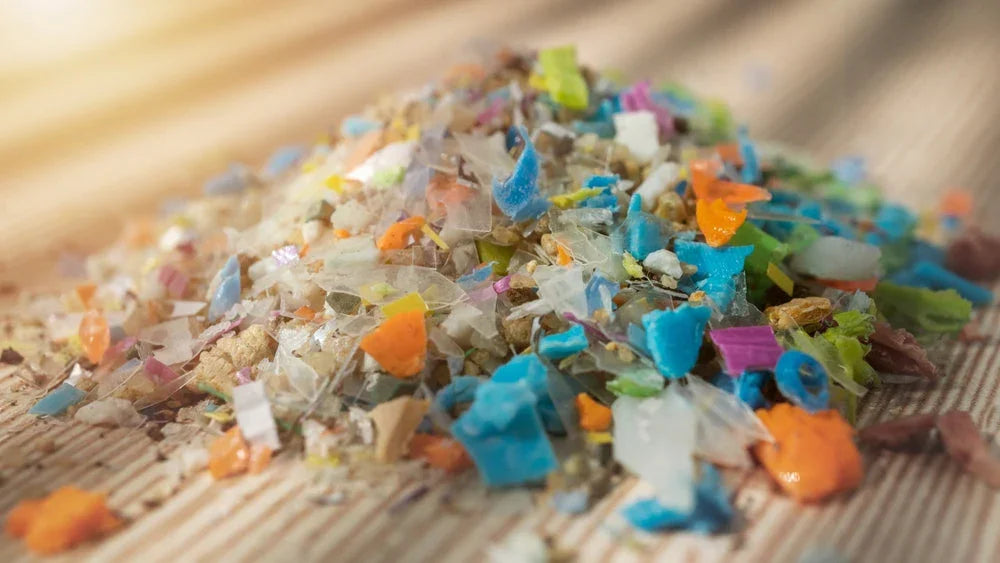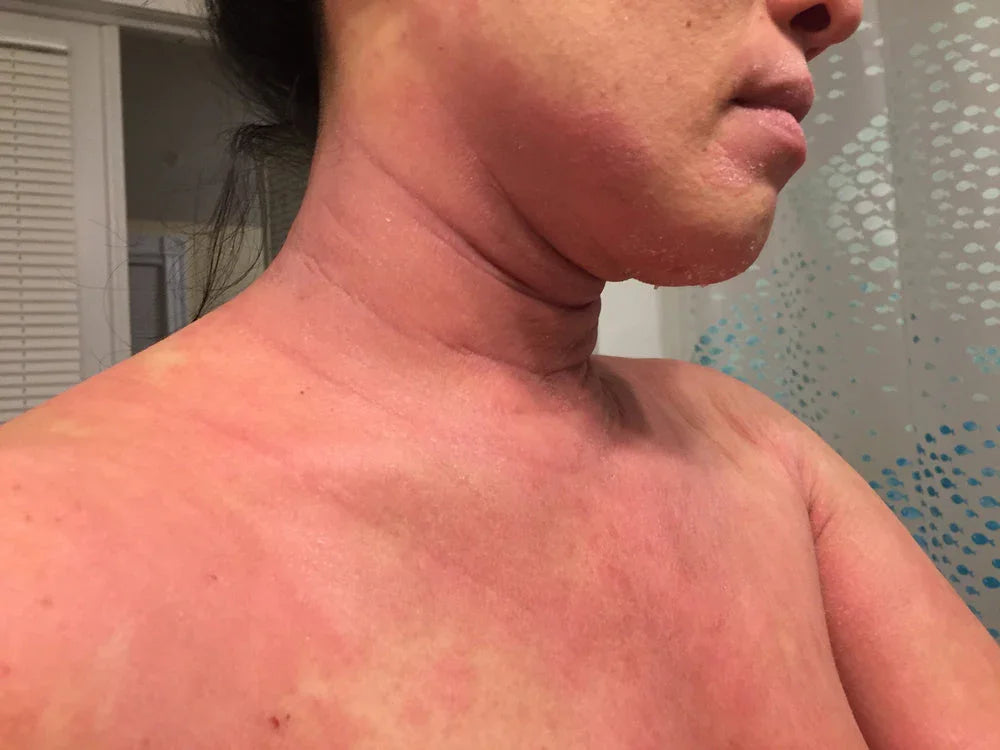Microplastics: The Tiny Threats We Can’t Ignore
Microplastics are invisible but practically everywhere: in the air, water, food, and clothes. Studies show they’re even inside our bodies, raising concerns over how these invisible pollutants may affect our health and well-being. With synthetic fabrics being one of the main contributors to microplastic shedding, it’s time to rethink what we wear and consider natural alternatives for our well-being and the planet’s.
What was hailed in the 1950s as miracle material, plastic has fragmented into one of the most sinister threats to the environment and our health: microplastics. They are practically invisible to the eye, but microplastics are everywhere. Sometime in 2015, a team of researchers discovered them in the deepest parts of the ocean, and several years ago, a team of Dutch scientists found them in human blood.
What Are Microplastics?
Microplastics are plastic particles less than 0.2 inches long, about the size of a sesame seed or smaller. There are two classifications of microplastics:
-
- Primary microplastics include the microbeads you find in facial washes or industrial pellets. These are specifically designed to be tiny.
- Secondary microplastics are fragments from larger plastic items, such as bags, bottles, or synthetic fabrics, that have broken down due to natural elements like the sun, wind, and ocean waves.
Despite the distinction, both types have three things in common: they are durable, degrade slowly (if at all), and are extremely widespread in our ecosystems.

Where Are Microplastics Found?
Conclusive research by some scientists says microplastics are found in oceans and on continents. They’re also present in remote mountain air, sea ice, bottled and tap drinking water, contaminated seafood, vegetables, fruits, honey, and even table salt.
The wind can also carry microplastics and deposit them in clouds through precipitation, which means even rainwater is not immune.

How Do Microplastics Enter Our Bodies?
A couple of years ago, research yielded human exposure pathways to microplastics. These are:
-
- Ingestion – through the consumption of contaminated food and water.
- Inhalation – breathing airborne microplastics from synthetic clothing and car tires.
- Dermal exposure – some personal care products contain microplastics that can seep through the skin barrier.
Even more concerning is a 2023 study from Harvard Medical School that confirmed microplastics have invaded human lungs, blood, and even placental tissue through the pathways mentioned above.

What Are the Health Risks?
Research is still ongoing, but early studies suggest some of the health risks associated with microplastics include:
-
- Hormone disruption – microplastics contain endocrine-disrupting chemicals (EDCs) that interfere with immune function, metabolism, and fertility.
- Toxic chemical exposure – microplastics are laden with harmful additives and are known to absorb pollutants like heavy metals and pesticides.
- Inflammation and oxidative stress – microplastics can induce these, which are linked to chronic conditions like heart disease, neurodegenerative disorders, and cancer.
- Cell damage – microplastics and nanoplastics (particles smaller than microplastics) can penetrate cells, accumulate in organs, and cause massive damage.
Environmental Impacts
The sad part is that microplastics affect our health and have ripple effects that threaten food security, climate resilience, and biodiversity. Microplastics can:
-
- Alter soil quality, affecting plant growth
- Choke marine animals, clogging their digestive systems
- Serve as carriers for harmful pathogens and invasive species
- Disrupt aquatic food chains

Can We Eliminate Microplastics?
Removing microplastics from the face of the earth seems unrealistic, like wishful thinking. However, we can do something to reduce their prevalence. Experts recommend the following:
-
- Reducing plastic use: Look for plastic-free, biodegradable alternatives to plastic that can be reused safely.
- Filtering microfibers: If possible, wash clothing made of synthetic materials less frequently. If you do wash them, use washing machine filters.
- Supporting legislation: Be an advocate of policies that target plastic waste and chemical safety.
- Choosing natural fibers: When picking out clothes, choose ones made with natural materials like 100% organic cotton.
Researchers are still trying to unravel the enormity of microplastics’ impact on our health and the environment. However, you can do your share to prevent it from spreading further through awareness and mindful everyday choices.
It’s clear that in our time, where plastic has outlasted convenience, opting for natural and organic isn’t just a lifestyle trend. It’s a necessity. Microplastics are more than an environmental annoyance. They intrude slowly, sneakily. So, you need to be vigilant. To learn more, check out the podcast below:








